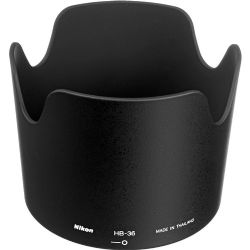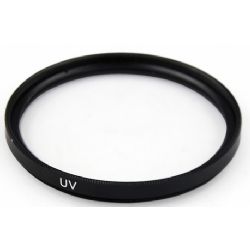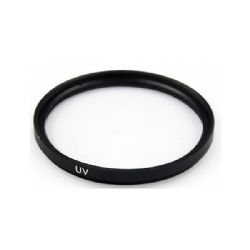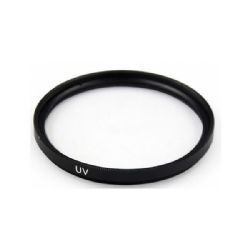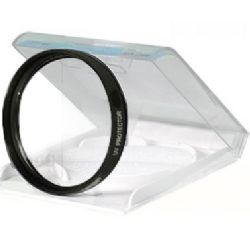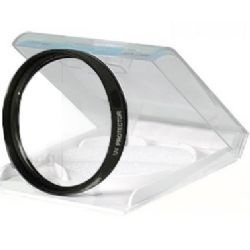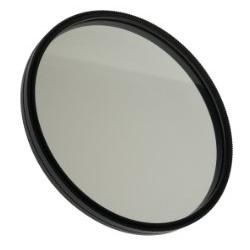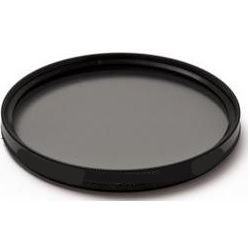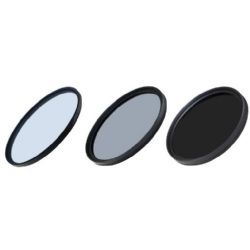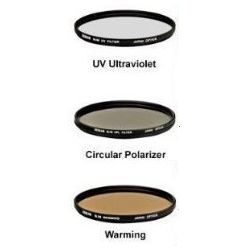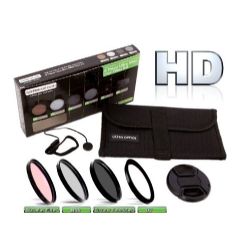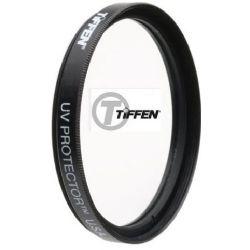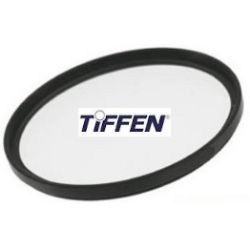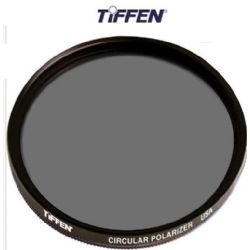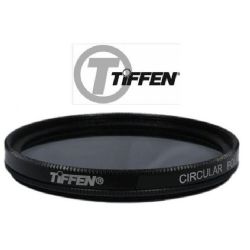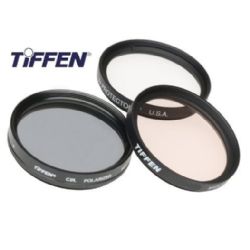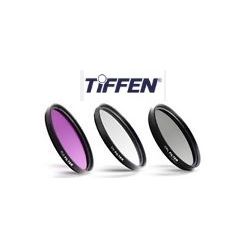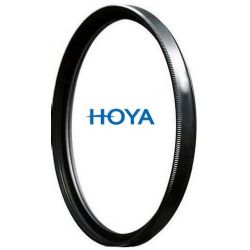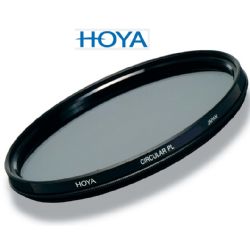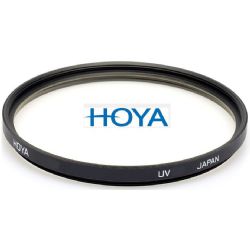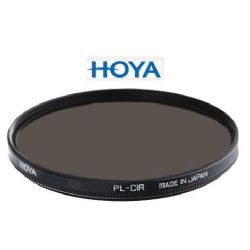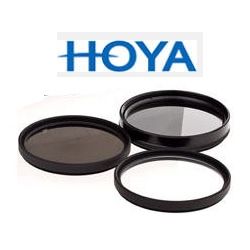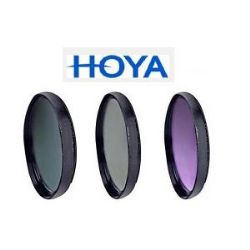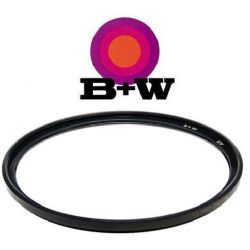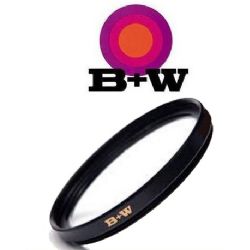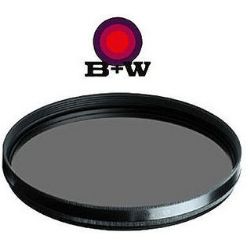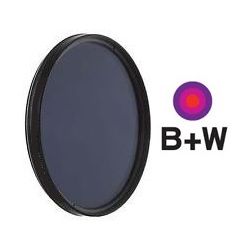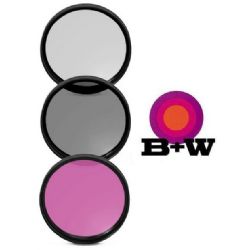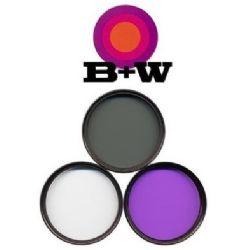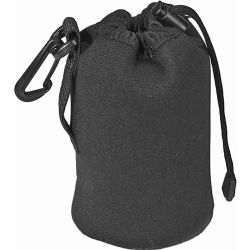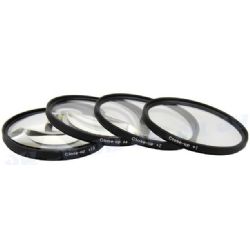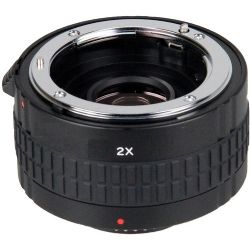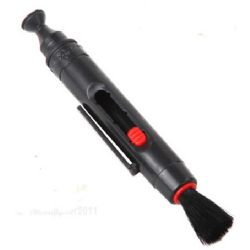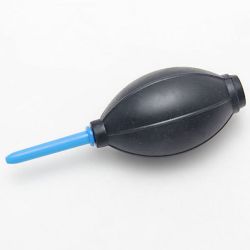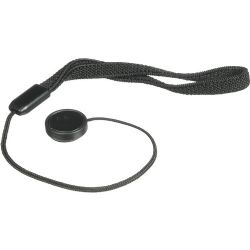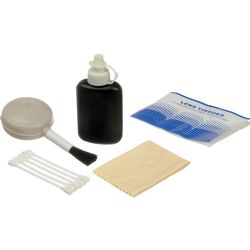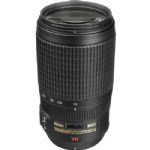



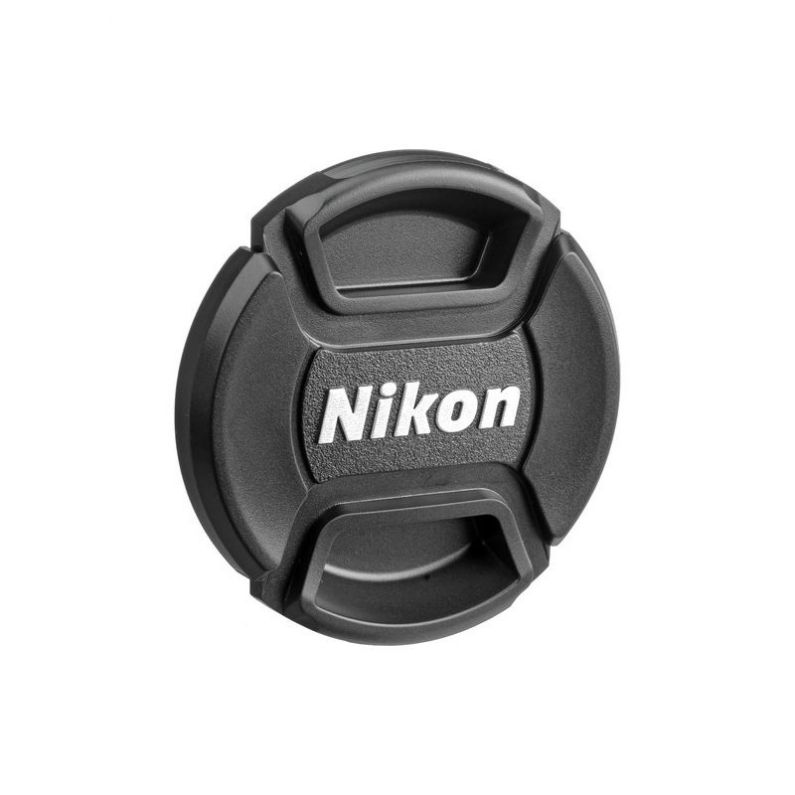
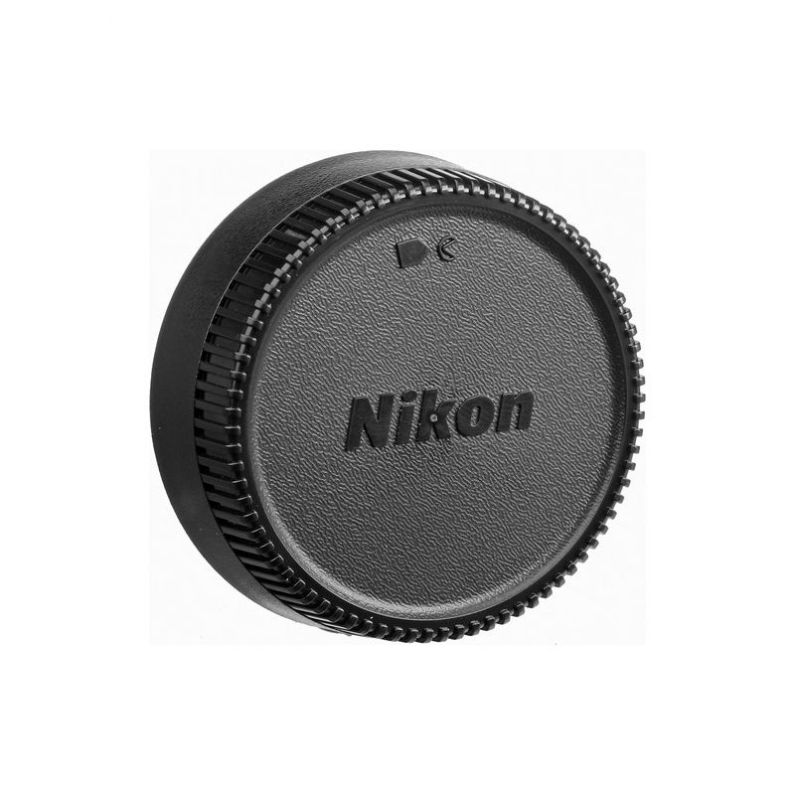



Nikon AF-S VR Zoom-NIKKOR 70-300mm f/4.5-5.6G IF-ED Lens
$519.00
$599.99
You Save: $80.99 (13%)
In Stock
Ships in 1-2 Business Days
Item: 278345
Manufacture: Nikon
Condition: New
Accessories
Extended Warranty Protection Plans
Filters & Filter Kits
Pouches & Cases
Extenders, Converters, Close Up Accessories
Lens Cleaning & Care
A high-performance telephoto zoom lens that combines Nikon's most advanced features and specifications with remarkable value.
The 70-300mm range is a popular one for telephoto zoom lenses, and often represents one of the first lenses new SLR owners will purchase after the "kit" lens that came with their camera. On sub-frame digital SLRs, a 70-300mm covers a range from moderate to dramatic telephoto, the equivalent of roughly a 105-450mm zoom on a 35mm film camera. Out at the 300mm end, it can be a challenge to hand-hold a lens like this in anything other than bright sunlight, hence the value of the Vibration Reduction Nikon has added to this model. Combine that feature with low street prices hovering around $500, and you're looking at a real bargain. But how does it shoot? Read on...
Sharpness
From 70 to about 135mm, this lens is sharp, sharp, sharp, even when shot wide open. It softens a bit at 200mm, and becomes progressively more so as you proceed to 300mm. It's never awful though, and it's a good deal more than passable at 300mm and f/8.
Chromatic Aberration
Chromatic aberration seemed to pretty much follow the sharpness curve as we zoomed from 70 to 300mm: From 70-135mm, CA was pretty low, definitely in a good range for a VR lens in this price bracket. CA jumped quite a bit at 200mm though, and was even higher at 300mm. Not to the point that we'd not consider owning this lens, but it's definitely something to take into consideration.
Shading ("Vignetting")
Since this is a lens with a full-frame image circle, you'd expect it to do very well on a sub-frame DSLR, and it does: Worst-case light falloff is only about 1/4 EV wide open at 300mm, and across most of the operating range is 1/10 EV or less.
Distortion
Ditto with distortion: We measured slight (about 0.2%) barrel distortion at 70mm, quickly switching to slight (also about 0.2%) pincushion at 100mm, going slightly higher from 135-200mm, and dropping back down again at 300mm. In other words, visible but minimal across the zoom range.
AF Operation
As indicated by its AF-S designation, this lens uses an internal ultrasonic motor for focusing, which means that AF operation is quick and quiet. The ultrasonic motor also means that you can grab the focus ring and manually adjust the focus at any time, without having to stop and set the focus switch on either the lens or camera to manual. Unlike some AF lenses, this Nikkor's manual focus ring has a good range of travel to it as well, so it's fairly easy to achieve precise focus manually when you need to.
When it comes to close focusing, this is definitely not a macro lens: With a closest focus of 4.9 feet (1.4m) at all focal lengths, it captures an area about 102mm wide when zoomed out to 300mm.
Build Quality and Handling
Our sample of this lens operated very smoothly, with no play in any of the elements, and very smooth zoom adjustment. While not exactly massive, it's no lightweight either, so we missed having a tripod collar on it, particularly for when using it with lightweight consumer SLR bodies like the D40.
This is an external-zoom, internal-focusing design, so the lens barrel extends a fair bit (about 5cm or 2in) when you zoom to its maximum telephoto setting. This means that the front element doesn't rotate, neither while zooming nor while focusing, a nice feature for use with polarizers and graduated neutral-density filters. There's more than enough resistance in the zoom ring to avoid "zoom creep" though, so you needn't worry about the zoom setting changing when the lens and camera are dangling from a neck strap. All in all, a very nice-handling tele zoom.
We don't have a quantitative test for image stabilization, so can give only subjective impressions of the 70-300mm's VR capability. That said, the VR on this lens seems to work very well. The usual "1-divided-by-the-effective-focal-length" rule of thumb for slowest shutter speed would suggest a minimum shutter speed of about 1/450 at full zoom. (Keeping in mind the 1.5x crop factor of sub-frame cameras.) We found that we could very routinely produce sharp shots at 1/80 second at 300mm, and if we were careful, could get acceptable results more than half the time at 1/40. That's a very solid 3+ f-stops of improvement, a huge boon to anyone who needs to do long tele shots in uncertain lighting. (Combined with the fast AF performance, this would be a good lens for amateur sports shooting. The small maximum aperture would keep you from dropping out the background from your shots, but for the money, this is a great solution.)
| Image Circle | 35mm |
|---|---|
| Type | Telephoto Zoom |
| Focal Length | 70 - 300mm |
| APS Equivalent | 105 - 450mm |
| Max Aperture | f/4.5 - 5.6 |
| Min Aperture | f/32 - 40 |
| Diaphragm Blades | 9 |
| Lens Construction | 17 elements in 12 groups, including 2 ED elements |
| Diagonal Angle of View(Based on image circle) | 34.3 to 8.2 degrees |
| Focus Details | Internal; AF-S "Silent Wave" motor with full-time manual focus override feature |
| Front Element Rotation | No |
| Zoom System | Rotary |
| Closest Focus | 1.5m / 4.9 ft. (at all focal lengths) |
| Magnification Ratio | 0.25x / 1:4 |
| Filter Size | 67mm |
• Snap-On Lens Cap
• Rear Lens Cap
• Lens Hood
• Soft Lens Case
• Brand New Factory Fresh Import Model
